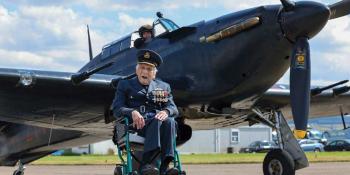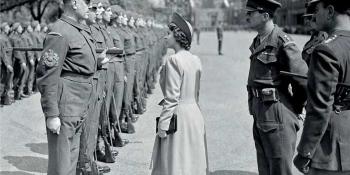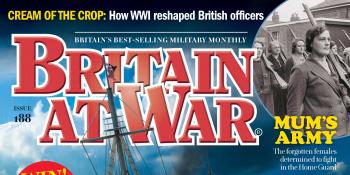MILITARIA
They were among the most significant identifiers used on the Home Front, but the humble lapel badge dates back to times long before World War Two
It is likely that lapel badges, particularly the enamel type, reached their peak significance during World War Two. These tiny items saw service during the preceding conflict, but there was even greater range and usage during the next war – and for many people, this was their only ‘uniform’.
Probably the badge most widely seen by collectors today is the standard ARP badge, which was not just an identifier, but also a symbol of qualification by the wearer. Designed by sculptor Eric Gill, more than 1,000,000 were produced by the Royal Mint. The initial run of 250,000 die-stamped .925 sterling silver badges were hallmarked ‘A’ for 1936, continuing until 1940, when white metal versions were made by commercial producers such as Gaunt: ironically, the latter cheaper types are rarer than the silver originals.
Metal shortages and the change of term to CD (Civil Defence) meant the cessation of production in 1943. However, so many ARP badges were produced that they are still found in profusion online and at antiques shops, with the most common hallmarked ‘…



